Ladakh & Globalism: The Evolution of Consciousness, Part 3
Ladakh is not utopia. It suffers its own set of imperfections. Being a peaceful and rural people, the Ladakhis are vulnerable to aggressive neighbors. Like any (and many) people who don’t have a national identity backed by military force, their lands have been claimed by numerous rulers—Moslem, Indian, Chinese. If their lands today existed within Chinese territory—rather than that of pluralistic India—they could well lose their religious and economic freedoms. Still, modern India offers its own challenges to sanity.
The Ladakhis are vulnerable to the lure of consumer products and to the excitement of the lifestyles of the western tourists and Indian businessmen. By the 1990s, traditional mud homes in Leh were being replaced with the insulation-inferior, but higher status, concrete houses. And the youth in the town increasingly desired the education and excitement that modern India could offer them on the other side of the Himalayas. Medically, the Ladakhis suffered from a stomach ulcer that basic hygiene and—as a last resort—antibiotics could easily alleviate.
Much has changed in the last couple of decades. The once quiet paths between villages have become well-worn from the hiking boots of Western travelers and tourists. Hotels and guesthouses have sprung up in some of the villages. The Indian rupee is standard trade, and children commonly go across the mountains for an education. And not least, the presence of the Indian military in this contested territory has added the accumulated material and pollution that comes with supporting tens of thousands of soldiers for several decades.i] The town of Leh is more crowded and polluted than ever before, and the signs of squalor and wealth are more common. And as with nearly everything else in the world, the change is accelerating.
Resort hotel in Leh.
Change can bring improvement, of course, as well as deterioration. Western doctors have visited Leh to treat the bacterial-caused stomach ulcer, improving the lives of many. An Ecological Center in Leh tries to wed the best of Western knowledge with Ladakhi wisdom. With the economist E.F. Schumacher’s concept of Small is Beautiful in mind, the center provides information and models the technologies meant for homes, family groups, and villages. Solar roofs to heat water; trombe rooms where the walls are designed to absorb solar energy and radiate it inward; mini hydropower units; greenhouses which serve to both grow winter vegetables and to draw the afternoon heat into the attached home. The goal, if outsiders might be so presumptuous, would be to perfect the Ladakhis’ already exemplary society.
Solar project in Thomson Reuters Foundation.
Not being organic to their evolution, however, the “perfections” will carry their own set of blowback. In Ladakh, where the traditional lifestyle brings little surplus, how can the people afford to either purchase or produce the sophisticated pharmaceuticals or solar technologies without compromising the economic, communal, and ecological integrity of their society? Perhaps, the economist in us suggests, by turning their long winter months of rest, celebration, and leisurely-paced work into well-disciplined hours of factory work, producing something that they can trade for the improvements. Any larger perspective, however, sees the obvious blowback—the pollution, stress, the slow unraveling of what was once integrated. This is not a question only for the Ladakhis. People in traditional societies all over the world have been facing these choices for the last century. And their numbers have been dwindling as the forces of globalism pull them in, leaving fewer holdouts whose lifestyles can serve as alternative realities for us.[ii]
ENDNOTES
[i] India has border disputes in this region with both China and Pakistan.
[ii] There are some last holdouts, a few forager societies in the Amazon, India and the Indonesian Islands, and others who have interact with civilization, such as the Khoisan in southern Africa, the Changpa nomads of Ladakh, the Amish in the United States. As we will see, there is a paradigm emerging (for example, Carson, 2010) which holds that local, distributed forms of non-scarcity lifestyles are now possible and will one day become the norm. The work-life in such a world would likely fit somewhere between the low-impact life of the Ladakhi and the stressful, long hours of today’s industrial society.







